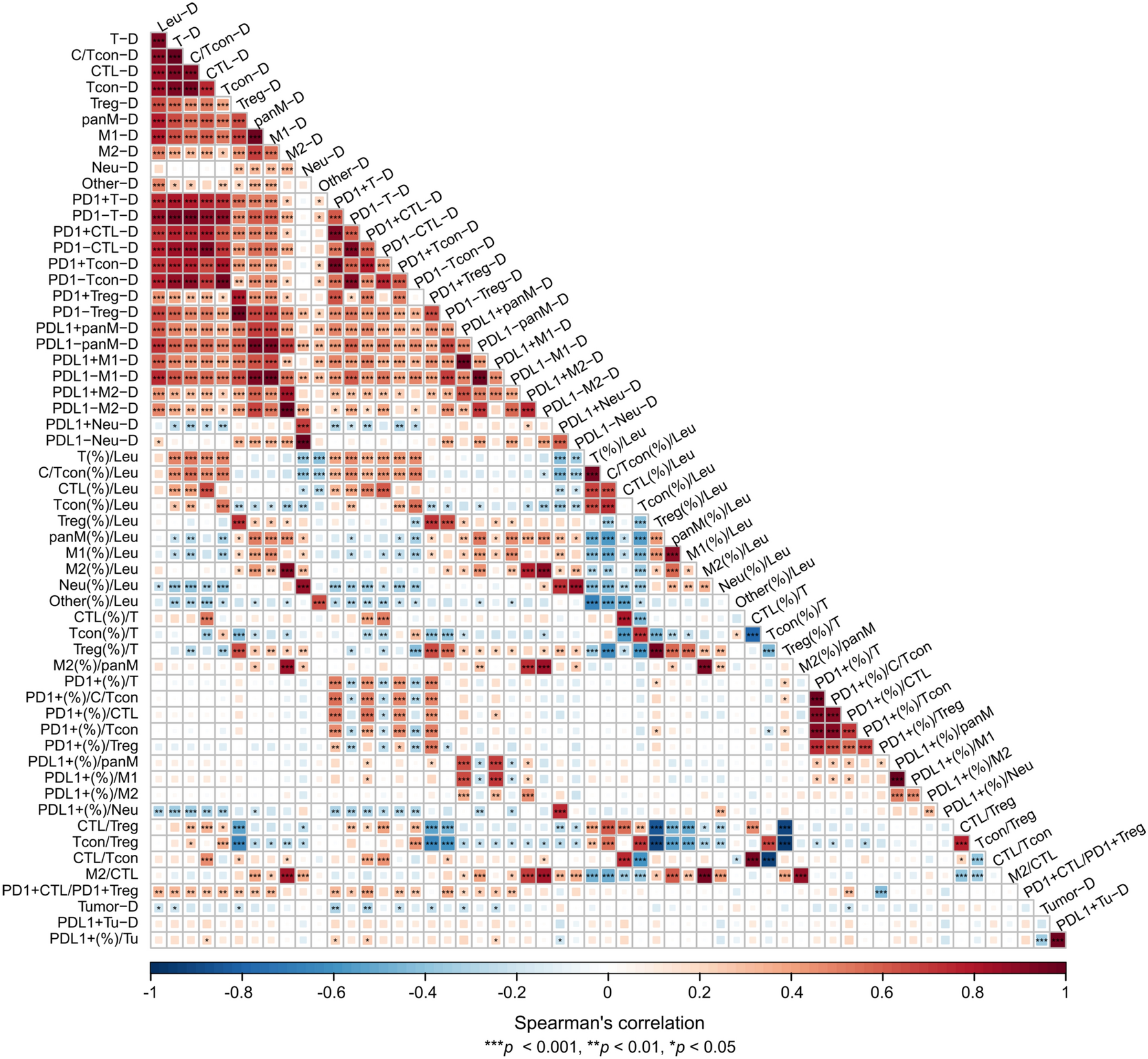2025-03-31 東京科学大学
<関連情報>
- https://www.isct.ac.jp/ja/news/d2vbsdy3nosv
- https://www.isct.ac.jp/plugins/cms/component_download_file.php?type=2&pageId=&contentsId=1&contentsDataId=1120&prevId=&key=83c0a415cc15e8dbadf825e5b5562631.pdf
- https://link.springer.com/article/10.1007/s00262-025-03982-9
舌扁平上皮癌の予後と免疫チェックポイント阻害薬に対する反応を改善するための免疫型の層別化 Stratification of the immunotypes of tongue squamous cell carcinoma to improve prognosis and the response to immune checkpoint inhibitors
Yuya Su,Ryo Ouchi,Pissacha Daroonpan,Miwako Hamagaki,Tohru Ikeda,Noji Rika,Naoto Nishii,Fumihiko Tsushima,Yoshihito Kano,Takahiro Asakage,Makoto Noguchi,Hiroyuki Harada & Miyuki Azuma
Cancer Immunology, Immunotherapy Published:01 March 2025
DOI:https://doi.org/10.1007/s00262-025-03982-9

Abstract
Objectives
An understanding of the tumor immune microenvironment is required to improve treatment, especially the selection of immune checkpoint inhibitors (ICIs). In this study, we stratified the immunotypes of tongue squamous cell carcinoma (TSCC) based on the results of comprehensive immune profiling.
Methods
We enrolled 87 therapy-naïve TSCC and 17 ICI-treated TSCC patients who underwent glossectomy without any other prior therapy. Comprehensive immune profile analyses employed multiplex immunofluorescence and tissue imaging.
Results
Based on the hierarchies of 58 immune parameters and the spatial distances between cytotoxic T lymphocytes (CTL) and tumor cells, we stratified five immunotypes: Immunoactive type I, border type II, immunosuppressed type III, immunoisolating type IV, and immunodesert type V. The type I frequency was only 16%. Most TSCCs (~ 70%) were of types III–V. The CTL density (CTL-D) was closely correlated with the PD-L1+ pan-macrophages (panM)-D, and the panM-D closely correlated with the PD-1+ CTL-D. This indicated that PD-1 and PD-L1 expression required macrophages and CTL recruitment in the tumor microenvironment. No ICI-treated TSCC patients, all of whom were recurrent/metastatic cases, were of the type I immunotype, and almost half (47.0%) were of the immunodesert type V. Most cases exhibited an imbalance between T-cell PD-1 and macrophage PD-L1 expression.
Conclusion
We defined five TSCC-specific immunotypes based on the results of comprehensive immune profiling analyses. Immunoactive type, which would be sensitive to ICI monotherapy, was rare, and most TSCC cases exhibited immune-regulated immunotypes. Immunotype-based personalized treatments are required to improve clinical outcomes.


